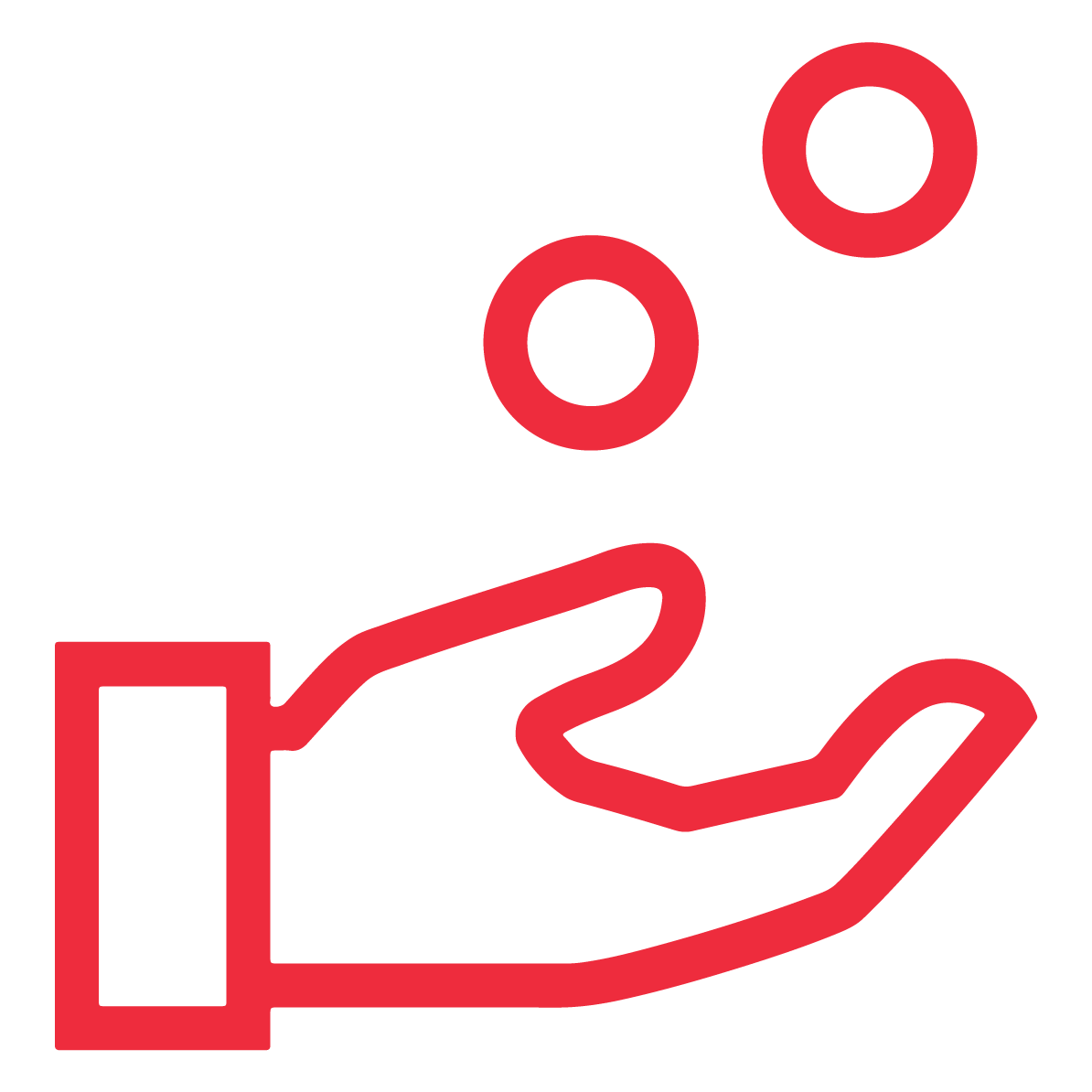MegaSense: City Decision Support System
Summary
University of Helsinki MegaSense vision is cleaner air for all in an urbanising world. The mission is transformative change in cities through air quality knowledge, policy advice, technical assistance, and collaboration to reduce emissions and exposures, and to leave no place behind. The initiatives’ objective, community-based monitoring is advanced as a driver of reduced emissions to improve environmental conditions is in line with Green Deal Zero Pollution and Sustainable Development Goals.
MegaSense city-wide community-based monitoring systematic approach provides interlinkages between the New Urban Agenda and the Sustainable Development for climate change, infrastructure, and basic services.
University of Helsinki MegaSense vision is cleaner air for all in an urbanising world. The mission is transformative change in cities through air quality knowledge, policy advice, technical assistance, and collaboration to reduce emissions and exposures, and to leave no place behind. The initiatives’ objective, community-based monitoring is advanced as a driver of reduced emissions to improve environmental conditions is in line with Green Deal Zero Pollution and Sustainable Development Goals.
MegaSense city-wide community-based monitoring systematic approach provides interlinkages between the New Urban Agenda and the Sustainable Development for climate change, infrastructure, and basic services.
MegaSense best practices:
- How to develop methodologies for collection and harmonisation of data.
- How to set up multi-stakeholder alignment of actors, sectors, and scales of intervention across the implementation continuum.
- How to develop an incremental and inclusive reporting system: reinforcing systems to produce user-friendly and participatory data portal.
- How to upscale urban innovations using open data to monitor and better manage urban development, which in turn requires an environment conducive to sharing and learning.
- MegaSense as an example of partnership between United Nations (UN Habitat and UNEP) entities and universities for Sustainability Mobility Initiative and, knowledge-based institutions and provide training and capacity development to strengthen policy design, monitoring, and reporting.
MegaSense takes reference from two successful projects:
EU Urban Innovative Actions: HOPE - Healthy Outdoor Premises for Everyone (2019 – 2022), Helsinki provided:
- More effective spatial and temporal in-situ measurements in urban environments through better systems, processes, innovations, and capacity building. The change realized by providing 100 portable lightweight sensors making citizen air quality observations easier, data portal, and hourly city-wide air quality maps with FMI ENFUSER on Metro trains in Helsinki. The change was measured by hundreds of citizens using the sensors and the data portal and thousands of Metro passengers using of air quality information models (FMI ENFUSER) per hour.
- Enhanced shared involvement of citizens and cities by improving advocacy skills. The change was accomplished by NGO Forum Virium bringing together multiple stakeholders through co-creation under umbrella communities of practice in three districts in Helsinki. The change was measured by hundreds of citizens attending and being influenced by co-creation sessions., number of project app downloads (15,000 for green path journey planning), and application of SME USELESS digital voting tool on public funded air quality interventions.
- Strengthened climate action and improved urban environments by boosting citizen monitoring capabilities and enabling solid partnerships. This was attained through improving group knowledge (public and private partners working together), conducting citizen self-evaluations (videos of citizens opinions), and involving citizen in 6 data campaigns. The change was measured by number (1.5 million accurate personal exposure measurements) made by citizens using scientific rigour mentoring provided by web meetings with the University of Helsinki.
- Effective use of data for climate crisis prevention and response by open data, internal partnerships realised by three innovation competitions for private business and a global hackathon (venture with air). The change was fulfilled by advancing citizen collected data quality and national regulatory bodies Helsinki Region Environmental Services (HSY).
UN-Habitat & UNEP City Decision Support System Kigali, Quito, Kathmandu, Almaty (2021-2022) provided:
- More effective spatial and temporal in-situ measurements in urban environments through better systems, processes, innovations, and capacity building. The change realized by Open Seneca providing portable lightweight sensors making air quality observations easier, data portal in three cities: Kigali, Quito, and Kathmandu. University of Helsinki provided 20 portable sensors to City of Almaty (April 2021 to present).
- Enhanced shared involvement of citizens and cities by improving advocacy skills. The change was accomplished by bringing together multiple stakeholders through co-creation under umbrella communities of practice in four cities. The change was measured by the local partnerships steered by
- Urban Pathways (Kigali, Quito, and Kathmandu) and University of Narzox and Kazhydromet (Almaty) by the number of citizens attending and being influenced by co-creation sessions (video).
- Strengthened climate action and improved urban environments by boosting citizen monitoring capabilities and enabling solid partnerships (Almaty example: Kazhydromet, University of Narxoz, MegaSense, Business Finland). This is attained through improving group knowledge (University of Helsinki and FMI traffic emission modelling and air quality modelling), conducting self-evaluations (Three cities example: Urban Pathways), and involving citizen in data campaigns (Open Seneca). The change is measured by number Open Seneca sensor measurements, and rate of increased environmental observations made by citizens using scientific rigor provided by University of Helsinki and FMI.
- Effective use of data for climate crisis prevention and response by three city stakeholder data, internal partnerships. The change is fulfilled by advancing Open Seneca citizen collected data quality with national and international datasets (traffic, metrological) and setting up high resolution city-wide air quality forecast models and sustainable transport decision-support tools. The change is measured by the number of community-based and stakeholder datasets used in the toolbox and what is adopted by the city regulatory agencies.
Four key outcomes of the MegaSense best practice:
- High performance, miniature low-cost technologies for all cities permitting more effective spatial, and temporal in-situ measurements increasing access to basic air quality services, secure access to air quality data and effective citizen science growth. This supports the best practice for increased use of toolkits, toolboxes, and use of wearables and other low-cost technologies for environmental observation.
- Quantifiable methods allowing enhanced shared involvement of citizens and cities, enlarging spatial connectivity, and nudging behavioral change. This supports the best practice for more widespread participation of citizens, in the monitoring, observation, and protection of the urban environment, complementing governmental measures.
- Measurable evaluation procedures empowering strengthened climate action and improved urban environment reducing greenhouse gas emissions and improving air quality. This is aligned with the best practice for broader use of data and information collected by citizens in policy and research, and citizen observations acknowledged as information complementary to authoritative observation.
- Assessable mechanisms leveraging effective use of data for climate crisis enables institutional change and enhanced data integration, improved environmental standards, inclusion of social groups and enhances resilience of the built environment. This is complementary to greater availability of qualitative and quantitative in-situ data for long time series and better geographical coverage, contributing to in-situ existing observation systems.
- UIA HOPE: City of Helsinki, University of Helsinki (higher education and research institute), Vaisala Plc (private enterprise), Helsinki Region Environmental Services Authority (regional public authority), Finnish Meteorological Institute (national public authority), Useless Company Ltd (SME), Forum Virium Helsinki (innovation center).
- City Decision Support System: University of Helsinki (higher education and research institute), Finnish Meteorological Institute (national public authority), MetaTavu (SME), UN Habitat (UN), UN Environment (UN), Urban Pathways, Wuppertal Institut
New urban agenda should place the urban citizen in the middle of urban planning, however due to changing demographic and various forms of diversity, bottom-up approaches lead a lack of cohesion and obscure strategy. As shown by many small and ineffective projects. In contrast, negating the urban citizen in the middle, top-down approaches lead to over technocratic plan-oriented professionalism, and social exclusion. Top-down agenda are easier to plan but place a greater distance between decision-makers and the decisions, and this is evident in many cities with chronic air pollution problems. MegaSense suggests more effective application of data management services for bottom-up participatory sensing (community-based monitoring) providing evidence and supporting/challenging top-down policies (using decision support systems).
Organization
University of Helsinki
Region
Europe and Central Asia
Themes
Housing
Human Rights
Innovation
Planning & Design
Strategy & Planning
Others
Sustainable Development Goals
Goal 11 - Make cities and human settlements inclusive, safe, resilient and sustainable
Goal 16 - Promote peaceful and inclusive societies for sustainable development, provide access to justice for all and build effective, accountable and inclusive institutions at all levels
New Urban Agenda Commitments

